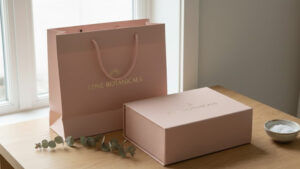Last Updated on January 2, 2024 by Packoi Team
In this article, you’ll get a better idea of your choices so you can have the book of your dreams in published form.
What Is Book Printing?
The process of printing books refers to a 4-step process that’ll transfer your written content into its published form. These books include reference books, non-fiction books, novels, and other self-publishing books.
The process starts with the pre-press process, where everyone ensures the pages are in the correct order.
Then, it goes on to the printing process, where copies of the pages are printed multiple times using special printers.
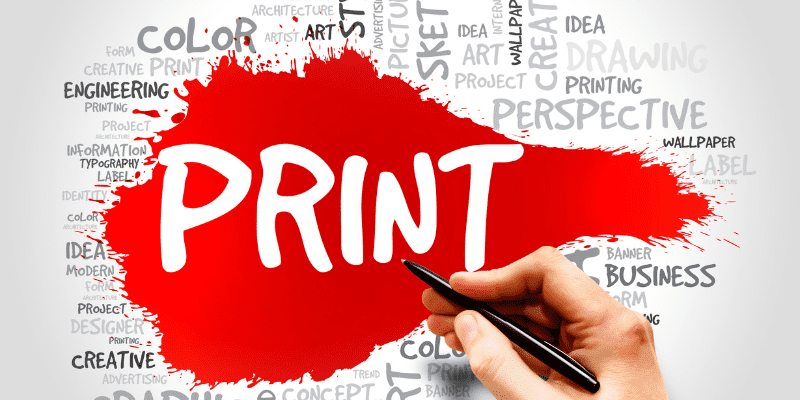
The next step is the post-press process, where all the printed pages of the book are cut to the right size. During this step, some of the pages are also glued into sections—in the right order.
The final step is binding, where all the sections are bound together into a spine, either by stitching or gluing them.
4 Types of Book Printing Services
The 4 types of printing services are letterpress printing, offset printing, digital printing, and print-on-demand printing. Each has its own set of benefits and disadvantages.
Let us take a closer look at the different types of printing services you can choose for your custom book.
1. Letterpress Printing
This is the oldest type of printing service. It’s also the least used right now. That’s because this is the most expensive option.
The process involves engraving the book page text and images on a metal plate. It’s then inked before having paper rolled over it. This transfers the image onto the paper, sheet by sheet.
While this is expensive for commercial printing of books, some artisans prefer it for limited edition publishing of hardback books or special edition coffee table books. This method leaves an imprint on the page that gives it texture.
2. Offset Printing
This option came after the letterpress option. Invented in 1867 by Heinrich Kleyer, this is a type of printing method where the printed image (of a book page) is put on a cylinder covered in rubber. This is then transferred onto paper sheets.
This simple process makes it the most preferred among commercial printing requirements, like for most magazines, trade paperback books, etc. It’s said to produce a sharper image compared to the letterpress option.
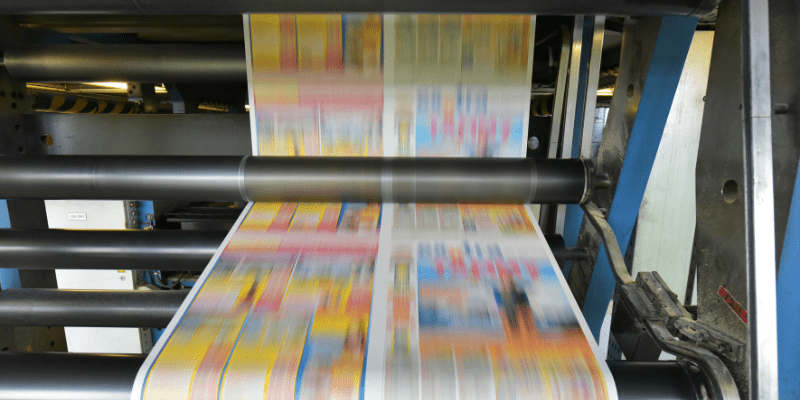
3. Digital Printing
The advent of technology is the main reason why we have this option for printing books. The process involves a computer that can produce the digital image of the page of a book that will be printed.
This option can accommodate on-demand printing, which makes it a rising choice to have your book printed.
What makes this printing service stand out is the fact that it’s environmentally friendly. That’s because the carbon footprint of printing books isn’t the same as what offset printing produces.
4. Print-on-Demand Printing
As the name suggests, this printing service means that printed books won’t be processed at once. The other options print in bulk.
In this option, the book is only printed in batches, depending on how many you need per order.
This lowers the initial investment in your book because it manages the initial printing costs better.
5 Types of Printing Methods
There are many ways to print books. It’s a good idea to look into each of them to help you understand and choose the best one for your book printing needs.
1. Inkjet Printing
This involves having a digital image of the custom book pages on a computer. It then directs the printer to squirt ink to print the pages of the book.
This is a common method that commercial printing companies use.
2. Electrostatic Printing
This process involves exposing an image to a bright light so it imprints onto a rotating selenium belt. The light used is a form of electricity that functions as a photoconductor to produce static electricity on the belt.
When this belt rotates, the image passes through a drum containing toner powder. The static electricity will cause the toner to stick to the belt to create the image.
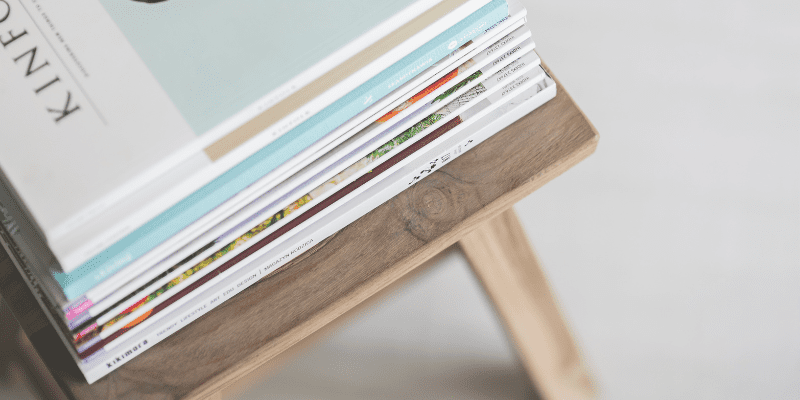
As the belt rotates further, it moves to a blank sheet of paper that also has an electrical charge. This charge causes the toner to move from the belt and onto the paper.
Finally, the printed paper goes through heater rollers to keep the image secure.
3. Relief Printing
This involves using a raised image that’s inked and then pressed on a piece of paper – just like a seal. The best example of this printing method is the letterpress. This method can use metal, woodblocks, and sometimes even clay.
4. Intaglio Printing
This uses a recessed image, not a raised one. It uses what is called an intaglio plate that prints from an incised image on a metal plate. This is filled with ink and then pressed with paper to copy the image.
This isn’t ideal for commercial and bulk printing because it can cost too much. But it can be ideal for books that require strict color standards.
5. Planographic Printing
In this printing method, the image is on a flat plate. Think of it as having an image drawn on a flat surface using a wax crayon. Water is poured over it, followed by oil-based ink. The ink will naturally go to the parts where there’s no water, which is on top of the waxed image. The paper is pressed on top to get the image.
Important Considerations Before Printing Books
The printing of books involves a lot of decisions. You have to choose the book size, bookbinding, paper type, book cover, endpaper, and cover lamination.
Let’s go through them one by one.
1. Book Sizes
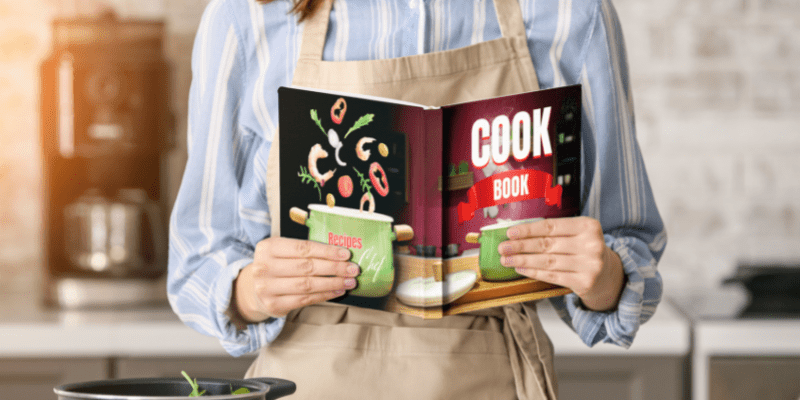
Printing companies typically accommodate custom book sizes. But if you can choose the standard size, that’ll be a cost-efficient option. The common book sizes include the following:
- 148 x 105mm
- 198 x 129mm
- 210 x 148mm
- 210 x 210mm
- 216x138mm
- 234 x 156mm
- 246 x 189mm
- 297 x 219mm
This list may vary depending on the printing company. Make sure to inquire first so you can see if their standard size is something you can use.
2. Bookbinding
There are several bookbinding options to choose from. Depending on your vision for your book, these are the binding styles that you can use.
1) Perfect Binding
This is a cost-effective binding option for softcover books. The process glues the cover and the pages together before trimming for a perfect finish. This results in a spine with a squared back.
2) Saddle Stitch
This book binding method folds sheets to make them look like a booklet. Each booklet uses two staples along the spine to bind them together. This is typical for magazines and brochures. This is also cost-efficient but is ideal for books with a minimal page count.
3) Case Binding
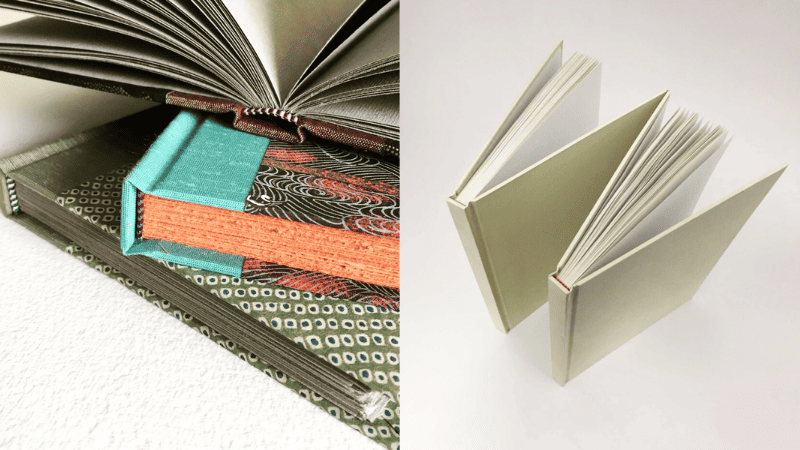
This is the traditional binding option for hardcover books. It can either be sewn or glued together. The finished book can have a square or round spine. In this type of binding method, it’s also possible to add bands at the top and bottom of the spine to make it secure.
This binding style is like a softback but a bit stronger. PUR glue is more flexible, which allows books to open wider. It also makes the binding last longer. This is ideal for books that have heavyweight paper or have a lot of pages, like most novels.
4) Wire Binding
This binding method uses metal wires to bind pages. It can also be called coil, spiral, or ring binding. This is ideal for books that need to either fold back on themselves or just lie flat. The bookbinding can use a thick board or card.
5) Sewn Binding
Among the binding options, this is one of the traditional ones. The process of binding includes the collection of pages into sections so they can be sewn together. This is a strong book binding method that’s ideal for a softback or hardback book.
6) Flexi Binding
This type of binding is a mix of a soft cover with a flexible spine so the book can lay flat on a surface. The finished book can also have endpapers added to it.
3. Paper Type for Inner Pages
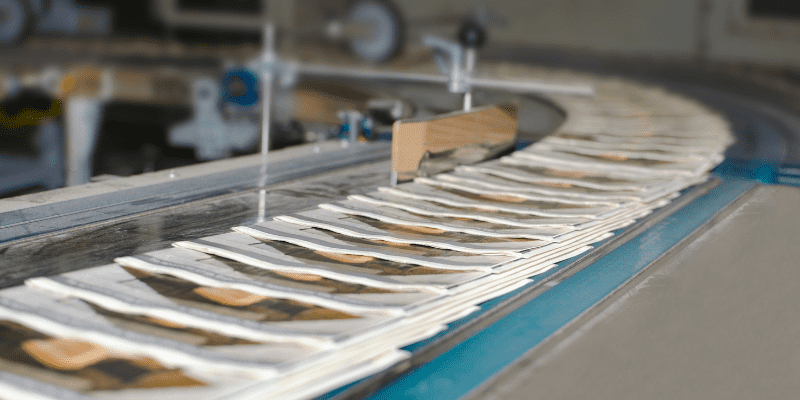
This refers to the paper quality that you’ll use for the inner pages of the book. You have 2 options.
Coated
Coated paper types have a smooth feel that can have a silk, matte, or gloss finish. It’s great for graphic books. The popular paperweights are 115 grams, 130 grams, and 150 grams.
Uncoated
Uncoated paper types are rougher in texture and are ideal for books with mostly text in them. The finish gives it a flat look. The color choices of the paper are white or cream, while the paperweights are 70 and 80 gsm.
4. Book Cover
Book covers are the outermost covering of a book. Book covers can either use matt or gloss lamination. Matt gives a smooth finish, while glossy has a high sheen effect on the surface.
There are two types of book covers.
Softcover
A softcover book has 2 ways to cover itself. One is the one-sided board wherein only the outer part of the board is printed on. Because of its stiffer material, it can provide more protection, but it does bend or warp over time.
The other option is silk. This is ideal for books that require printing on the inner side of the cover. Although the paper weight is heavier, it’s flimsier when you compare it with the one-sided board.
Hardcover
This cover is thicker than a soft cover and has 3 options.
The dust jacket is a printed sheet wrapped around the hard case of a book. It’s not attached, so some people can decide not to use this. This usually has an embossed design, UV varnish, and foil blocking.
The printed paper case or PPC is a printed laminated sheet that’s wrapped and glued on the case bound of the hardcover. It can use a dust jacket, but it can be fine on its own.
The cloth acts as the cover for case-bound books. It has foil blocking for the spine and front cover. This can be expensive but there are cheaper imitation clothes that can be used as an alternative.
Are You Looking for a Book Printing Company? Packoi Printing is Here to Help
There are a lot of considerations when you decide to have your book printed. To avoid confusion, make sure you partner with the right company.
Printing your book can be a smooth and problem-free experience if you work with an experienced supplier like Packoi Printing.
Let us help you print your books. Get in touch with your ideas so we can give you a quote.




